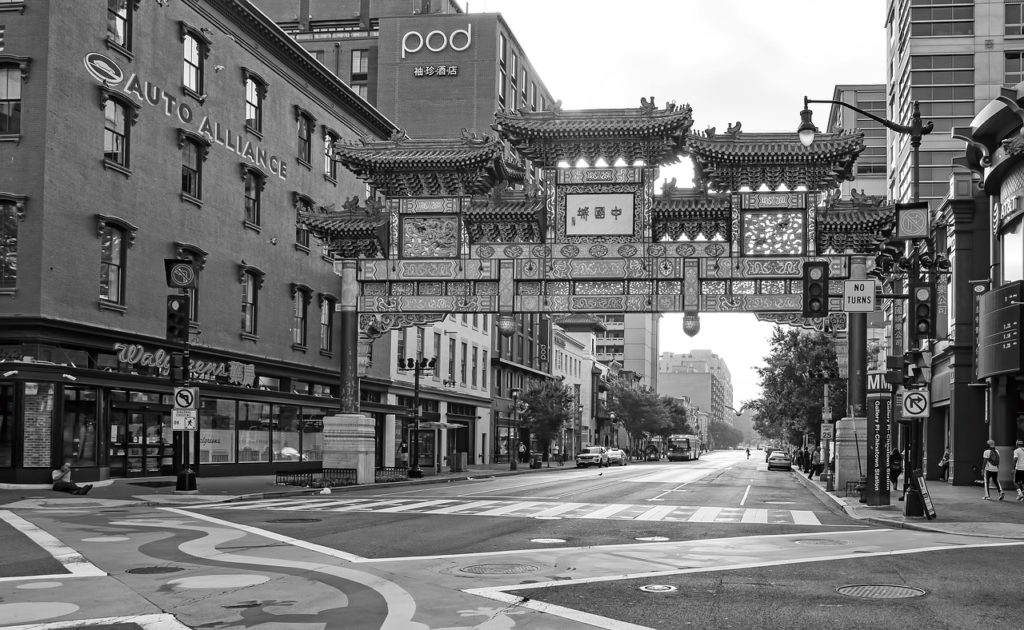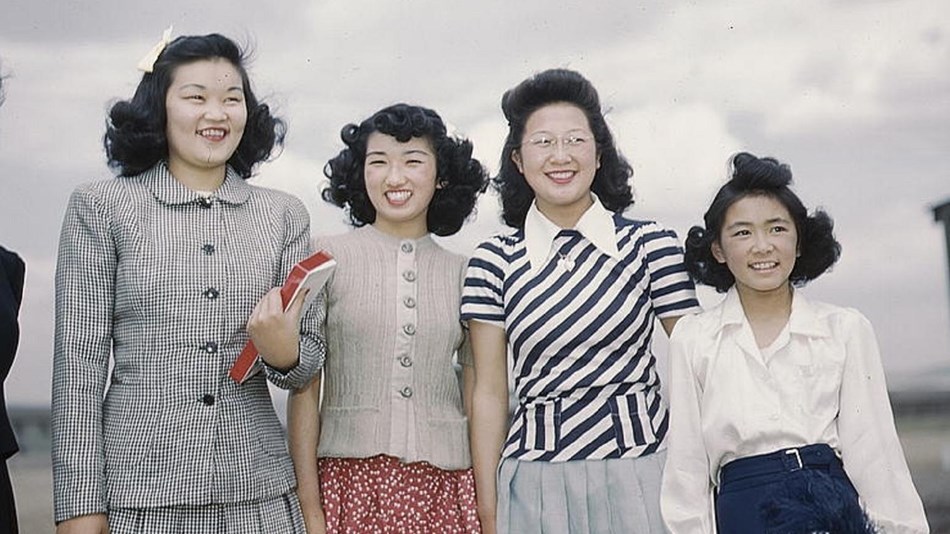Asian Americans have a long history in North America. Most of us know about Asian Americans (AA), specifically Chinese laborers, building the railroads in the 19th century. But it goes back even farther than that. AAs fought on both sides of the Civil War. Filipinos have been here in Louisiana since before we were a state. Chinese merchants were trading in Mexico as long ago as the early mid-17th century. Then there is U.S. vs. Wong Kim Ark.
Most of us are aware of the Dred Scott Decision of 1857 which not only found that an enslaved person who had resided in a free state was not entitled to his freedom but stripped the citizenship from and denied access to citizenship to all free Black persons throughout the US. This would be rectified after the Civil War by the Fourteenth Amendment to the United States Constitution in 1868. But this is America and steps forward are often met with pushback. By the 1870s the country suffered under a grim economic depression and white working men, in the American tradition, began to look for scapegoats which they found in the Chinese.

Where there were large populations of Chinese people there was strong anti-Chinese sentiment from whites. To the extent that from 1871 to 1885, Chinese-American children were denied access to any public schools in San Francisco at all. On a national level this bigotry presented itself in the Chinese Exclusion Act of 1882. The act formed a ten-year moratorium on Chinese labor immigration. Labor was so loosely defined it was essentially a ban on immigration from China. In the United States vs. Wong Kim Ark the US government attempted to go a step further by attempting to strip birthright citizenship from Chinese Americans. Fortunately, it failed.
The US tends to place people in boxes of race and/or ethnicity that often have little to do with who they are and where they come from. Whatever you were before you will be cast as Black, White, Brown, Yellow, or Red. While the systemic racism built into the nation’s history and infrastructure has most heavily weighed on the Black and Indigenous populations people in every group, including White, have felt the brutality of its lash. But the cognitive dissonance born of justifying slavery in the land of the free causes a certain dichotomy that is uniquely Black and white. How other minorities interact with both Black America and white America can offer a deeper understanding into both the past and of the present.
Well into the 20th century AAs were villainized, subjected to racism, segregation, and violence. They were the sinister “Yellow Peril” come to lure good, hardworking (white) Americans into their dens of depravity. As folks familiar with American style racism Black leaders often stood with AA leaders against the racist tyranny inflicted by the government as when Fredrick Douglass spoke out against the Chinese Exclusion Act. This was a relationship that would last generations
Then came WWII and not only was China suddenly our ally but our foes were people who did a lot of the things we did: genocide, segregation and barring of immigration based on race or ethnicity, basically mimicking the US embrace of white supremacy but calling it Aryan. The awkwardness of this prompted Congress to repeal all the exclusion acts in 1943. Into the 1950s Chinese and Japanese leadership handily marketed themselves to whites as being hard workers, with obedient children, who were all quietly assimilating. As with most major marketing campaigns, that it wasn’t true was beside the point.
Which brings us to the 60s and the Asian Civil Rights movement.
The Civil Rights movement demanded justice and equality in the United States in new ways. Asian American leaders worked with and were motivated by Black leaders in the movement. Especially where interests overlapped like in the efforts of Black and Japanese Americans to repeal the Emergency Detention Act. American civil rights activist and Nobel Peace Prize candidate Yuri Kochiyama was influenced by both her childhood internment and her interactions with Malcolm X.

Black Americans, particularly Black American Non-Immigrants (BANI), have long been focused on ideals of self determination and of acknowledging the long, varied, and important history of Black people in America. The Asian American movement had similar goals of reclaiming their history and a culture that is both American and Asian. Asian Americans who previously had held themselves separately based on ethnicity were inspired by the Black Power Movement to come together as one group.
The term “Asian American” itself was created by UC Berkeley students in 1968. It is the result of unity between BANI, Asian Americans, Latinx groups, and Indigenous people that the Civil Rights Act of 1964 does not distinguish between races and/or ethnicities in declaring discrimination by the government, small businesses, and public facilities against federal law. The fight for equality and fair treatment affects everyone.
People are aware that they cannot continue in the same old way but are immobilized because they cannot imagine an alternative. We need a vision that recognizes that we are at one of the great turning points in human history when the survival of our planet and the restoration of our humanity require a great sea change in our ecological, economic, political, and spiritual values.
Grace Lee Boggs, Asian American Activist and Community Leader
At the same time, however, the marketing campaign by Chinese and Japanese leadership begun in the 1950s began to pay off and the Model Minority Myth began to coalesce. White politicians wielded the idea that AAs, with their (suddenly perceived as) inherently law-abiding natures, were successful in the US due to hard work and a focus on education in order to counter the upheaval of the Civil Rights movement. Stories of Asian American achievement were promoted by the US to spread the idea of a utopia free of racial restriction where anyone could find success. The fact that it wasn’t true was beside the point.
Then came the Immigration and Nationality Act. The Act ended immigration bans that barred Latin Americans, Asians, and Africans from immigrating to the U.S. President Johnson signed into law at the foot of the Statue of Liberty in 1965. It changed everything.
Sources
http://www.asian-nation.org/1965-immigration-act.shtml#sthash.NZk3peyy.dpbs
https://www.thoughtco.com/asian-american-civil-rights-movement-history-2834596
https://www.washingtonpost.com/news/wonk/wp/2016/11/29/the-real-reason-americans-stopped-spitting-on-asian-americans-and-started-praising-them/
https://www.npr.org/templates/story/story.php?storyId=214833622
https://www.dartmouth.edu/~hist32/History/S18%20-%20The%20Black%20Power%20Movement%20and%20the%20Asian%20American%20Movement.htm
https://time.com/5851792/asian-americans-black-solidarity-history/
https://www.smithsonianmag.com/smithsonian-institution/from-the-civil-war-to-civil-rights-the-many-ways-asian-americans-have-shaped-the-country-49762201/
https://www.racefiles.com/2013/07/31/three-things-asian-americans-owe-to-the-civil-rights-movement/
https://www.americanswhotellthetruth.org/portraits/grace-lee-boggs
https://allthatsinteresting.com/yuri-kochiyama
